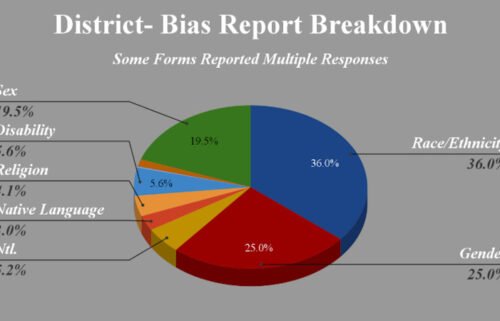Food stamp change could affect at least 19,000 in Oregon

SALEM, Ore. (AP) -- The Oregon Department of Human Services projects a new federal rule could push at least 19,000 people in the state off food stamps next year.
The projection was released in response to a request from the Statesman Journal.
The Journal reports the rule change will leave states with less flexibility in allowing able-bodied adults without children to receive food stamps (SNAP benefits) if they are not working or in a training program at least 20 hours a week.
The rule change doesn't affect benefits for children, adults with children, adults older than 50, or people who are disabled.
--
Friday news release from the Oregon Department of Human Resources:
Federal changes to the Supplemental Nutrition Assistance Program could affect 19,000 Oregonians
(Salem, Ore.) –At least 19,000 Oregonians could lose government food assistance under a new federal rule finalized Thursday, December 5.
The rule will restrict states' ability to allow certain adults to receive benefits for more than three months in a three-year period if they aren't working or training at least 20 hours a week.
The change in the Supplemental Nutrition Assistance Program (SNAP) was approved despite more than 140,000 negative public comments. It is expected to affect 700,000 SNAP recipients nationally once it takes effect in April.
Oregon, like most states, has used waivers to extend benefits for longer than three months to a group of SNAP recipients known as "able-bodied adults without dependents" (ABAWD) if they live in areas with high unemployment and limited job opportunities. This group includes individuals ages 18 through 49 who don't have disabilities, don't have children or other dependents and are considered able to work.
In January 2020, Oregon has approved waivers for 31 counties for ABAWD work requirements, which will now expire on March 31, 2020. Federal changes to eligibility requirements for waivers will limit the areas in Oregon that meet the requirements starting April 1, 2020. As a result, this means only six counties may be eligible to receive the waiver.
“SNAP plays a critical role in addressing hunger and food insecurity,” said Fariborz Pakseresht, Department of Human Services director. “SNAP benefits assist Oregonians during difficult times to help make ends meet, in particular those working low-wage or who are between jobs. For those already facing difficult circumstances, this rule exacerbates those circumstances. It also will result in an increased burden on food banks and other community resources to fill the void.”
Areas requesting federal waivers must have unemployment rates at least 20 percent higher than the national rate but not less than 6 percent. The Bureau of Labor Statistics indicates unemployment rates for people without a high school diploma or GED are often more than double average unemployment rates. Other groups that face additional obstacles when seeking steady employment include agricultural workers, veterans, former foster youth, formerly incarcerated people and rural residents with limited transportation.
In addition to administrating SNAP benefits, the Department of Human Services provides workforce development and training opportunities so Oregonians can secure a living-wage job. More information on those programs can be found here https://www.oregon.gov/DHS/ASSISTANCE/FOOD-BENEFITS/pages/index.aspx.



